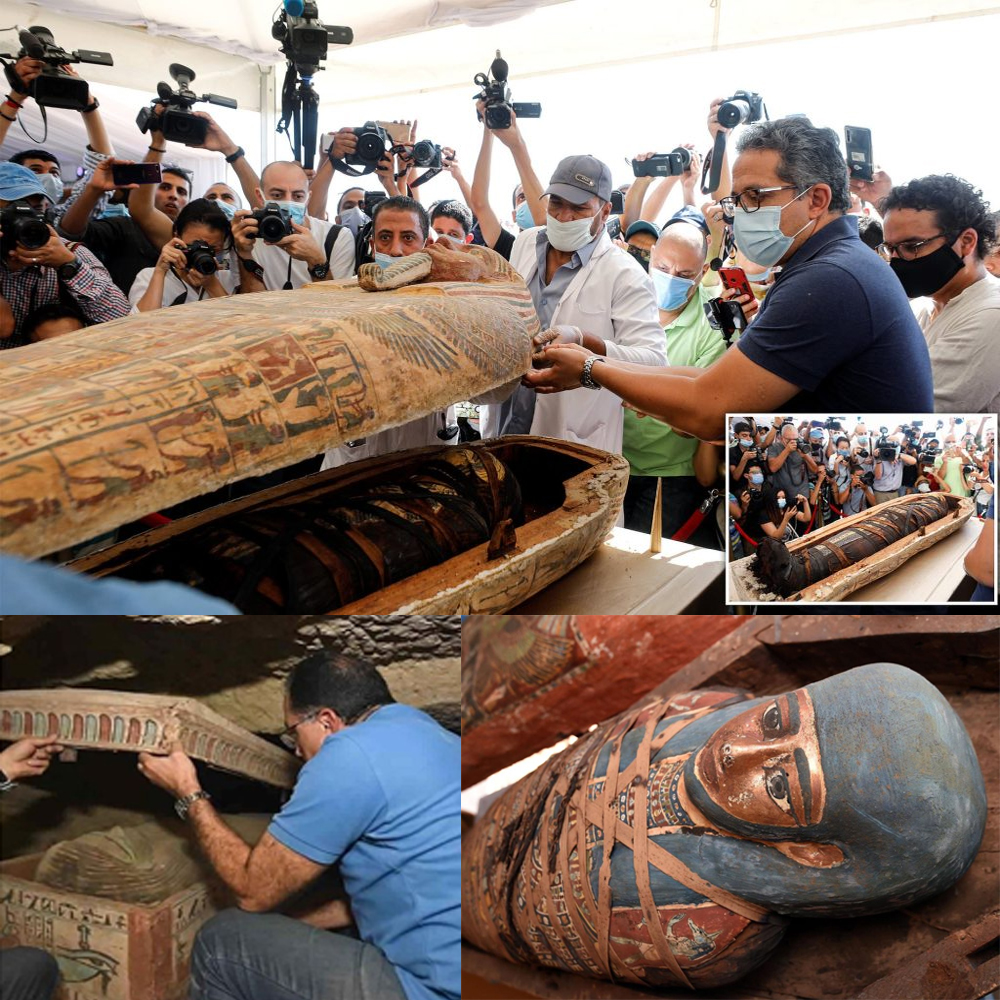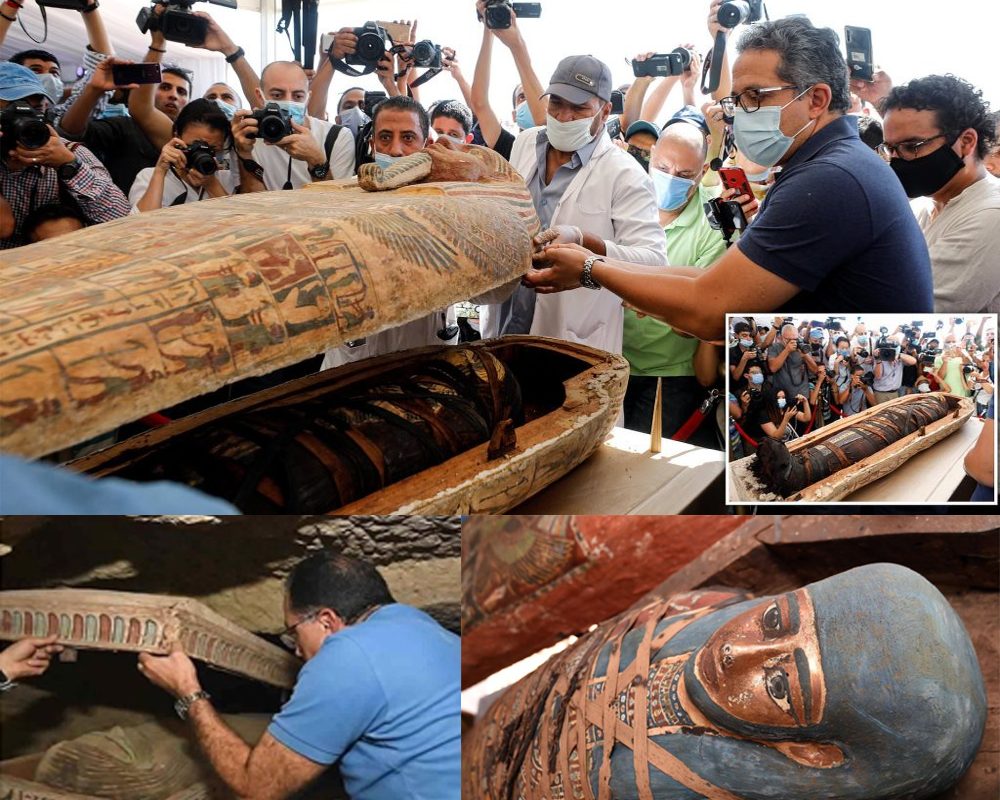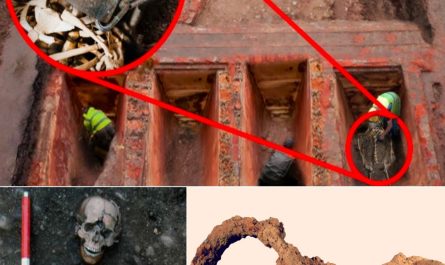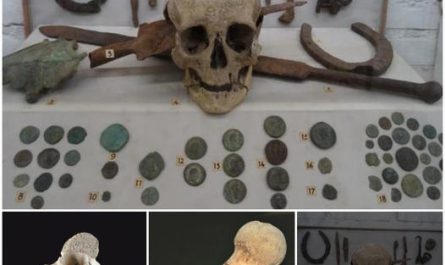In a remarkable archaeological discovery, 13 intact coffins have been unearthed in the Saqqara burial chamber, a site renowned for its historical significance in ancient Egypt. These coffins, dating back approximately 2,500 years, offer an invaluable glimpse into the burial practices and cultural heritage of the late Pharaonic period.
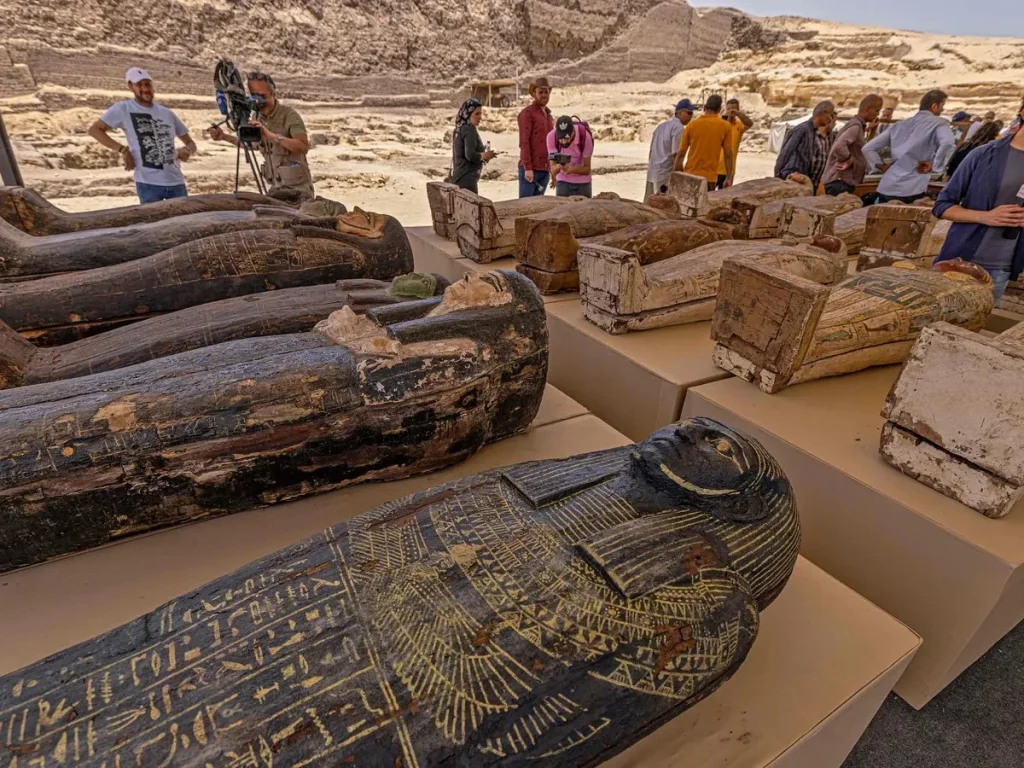
Saqqara, located about 30 kilometers south of Cairo, served as a necropolis for the ancient Egyptian capital of Memphis and is home to numerous pyramids, including the famous Step Pyramid of Djoser. The site has been a treasure trove for archaeologists for centuries, yielding artifacts and structures that span the entirety of ancient Egyptian history.
The discovery of these 13 coffins is particularly significant due to their remarkable state of preservation. Unlike many other ancient tombs that have been looted or deteriorated over time, these coffins remained untouched for millennia, providing a pristine snapshot of ancient Egyptian funerary customs. Each coffin is intricately decorated, with vibrant colors and detailed hieroglyphics that have withstood the test of time. The craftsmanship is a testament to the skill and artistry of ancient Egyptian artisans.
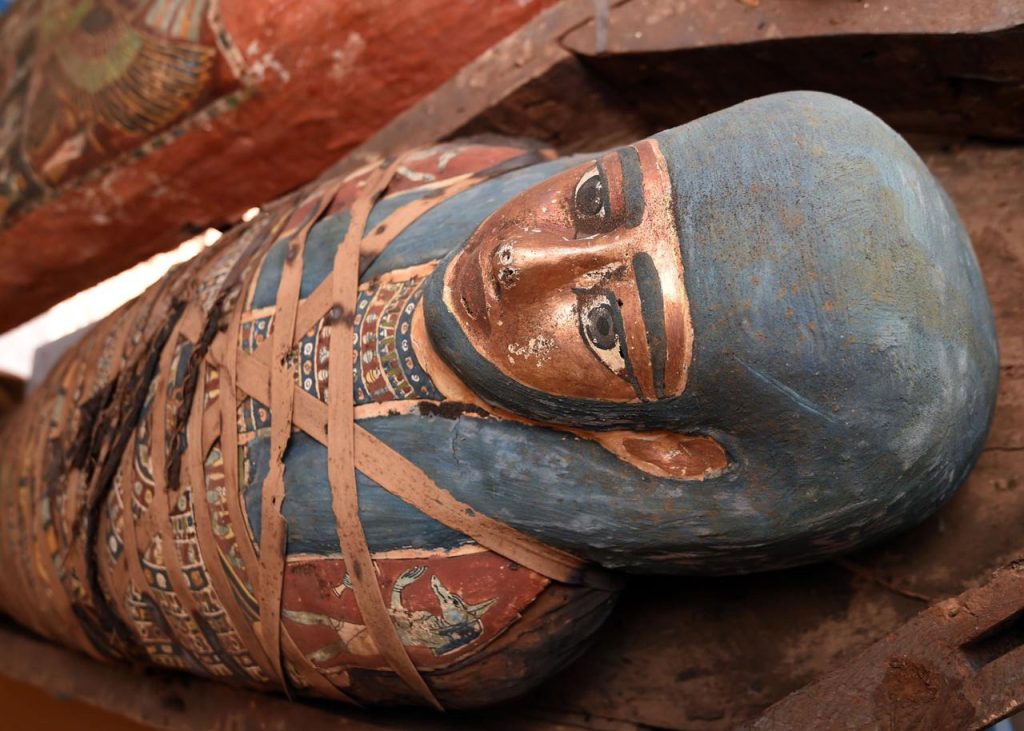
Preliminary examinations suggest that these coffins date back to the 26th Dynasty, also known as the Saite Period, which lasted from 664 to 525 BCE. This era was marked by a renaissance in art, culture, and economy, as well as a renewed interest in traditional Egyptian customs and religion. The coffins reflect the period’s emphasis on detailed and elaborate burial practices, which were believed to ensure safe passage and a prosperous afterlife for the deceased.
The coffins were discovered in a burial shaft at the Saqqara necropolis, buried about 11 meters (36 feet) below the surface. This shaft was part of a larger complex that included several other burial chambers and structures. The discovery was made by an Egyptian archaeological mission, showcasing the growing expertise and capabilities of local archaeologists in uncovering and preserving their heritage.
The discovery has generated significant excitement within the archaeological community and
beyond. It not only adds to our understanding of the 26th Dynasty but also provides new opportunities for research into ancient Egyptian beliefs and practices. The intact nature of the coffins allows for a more comprehensive study of the materials and techniques used in their construction, as well as the social and religious context in which they were created.
Furthermore, the hieroglyphics and decorations on the coffins are expected to yield valuable information about the identities and statuses of the individuals buried within them. This can shed light on the social hierarchy and personal histories of the people who lived during this period, contributing to a more nuanced understanding of ancient Egyptian society.
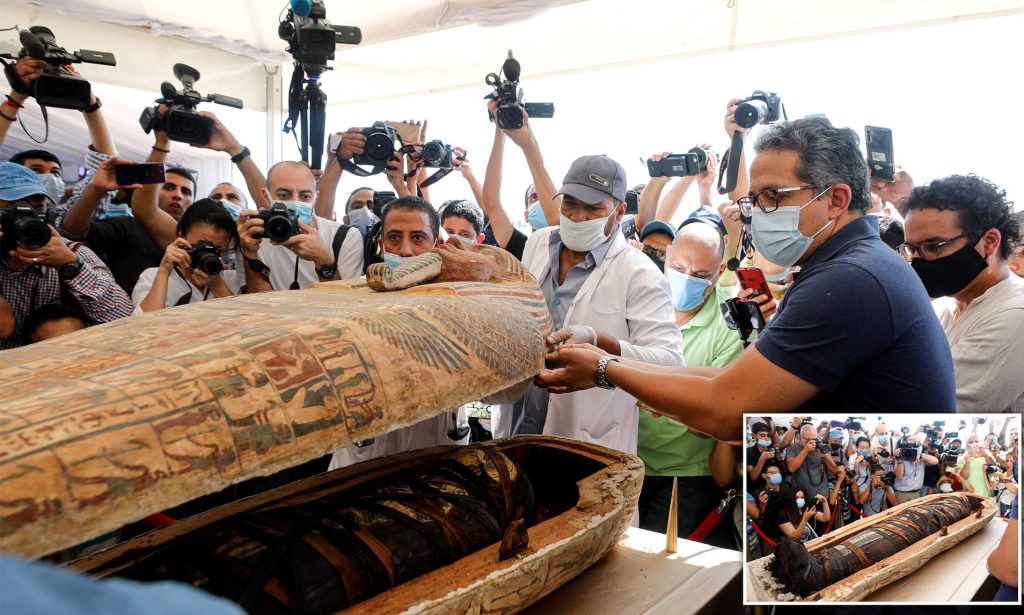
The discovery of the 13 intact coffins at Saqqara is a reminder of the rich and still largely unexplored history buried beneath the sands of Egypt. As archaeologists continue to excavate and study these findings, they will undoubtedly uncover more secrets of a civilization that has fascinated and inspired people for millennia. This remarkable find not only underscores the importance of preserving archaeological sites but also highlights the continuous potential for new discoveries that can deepen our appreciation of the ancient world.
